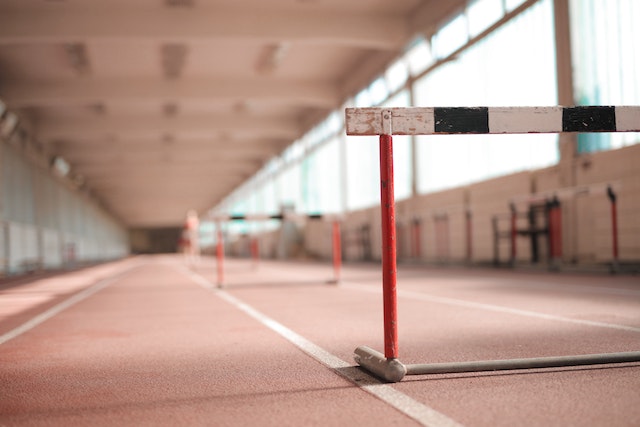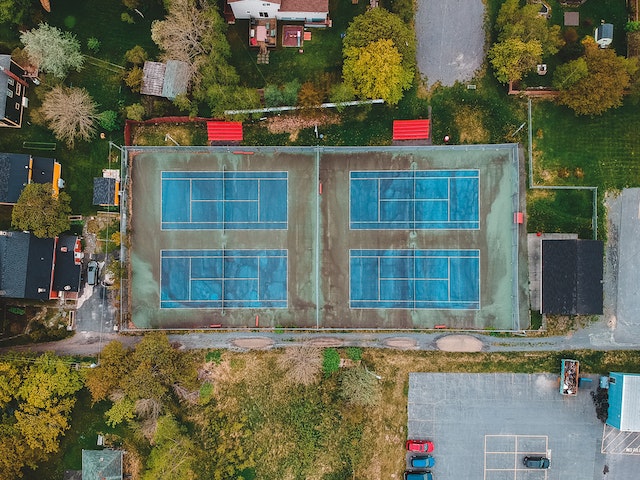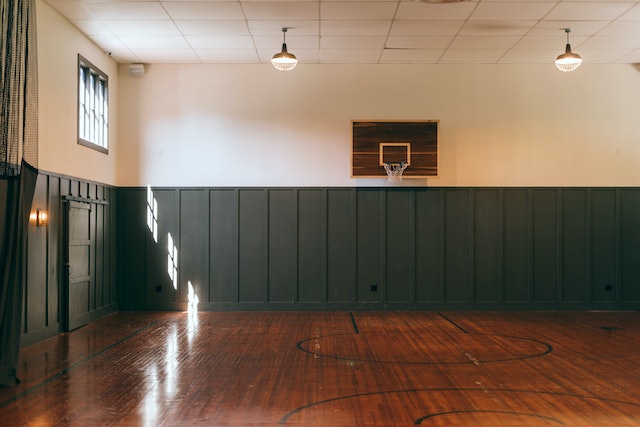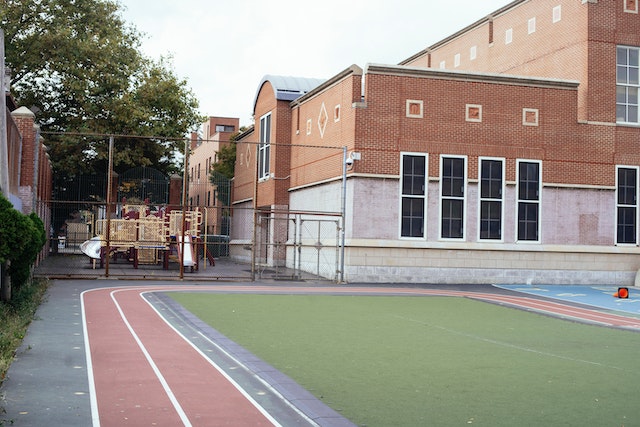Sports and physical activity are essential for maintaining a healthy and active lifestyle, but in urban areas, finding the space to play can be a challenge. Developing open spaces and sports infrastructure is the key to providing communities with access to the facilities they need to stay active and healthy. With the right approach, it is possible to create functional and efficient facilities that meet the needs of a community, even in the most confined spaces. Here are some key considerations and strategies for developing smart sports infrastructure in small open spaces:
#1: Assessing The Existing Space

A comprehensive assessment of the existing space is crucial to understand the opportunities and constraints of the site. It includes evaluating the physical features of the space such as size, shape, topography, and vegetation. Additionally, assessing the surrounding areas, such as the availability of parking, public transportation, and accessibility, is also important. This information will help to identify any potential limitations or challenges, such as limited natural light, poor drainage, or uneven terrain, which will need to be addressed during the design and construction process.
#2: Identifying The Needs of The Community
Understanding the needs of the community is essential in order to create a sports infrastructure that is well-used and meets the needs of local residents. This can be achieved through surveys, public meetings, or focus groups to gather input and feedback from the community. Factors that should be considered include assessing the types of sports and activities that are popular in the area, as well as considering the age and ability level of the people who will be using the facilities. This information will help to determine the types of sports and activities that should be incorporated into the infrastructure.
#3: Maximizing The Use of Space

One of the key challenges when developing open spaces sports infrastructure in small open spaces is to make the most of the available space. This can be achieved by using multi-purpose facilities that can be used for different sports and activities or by creating flexible spaces that can be adapted to meet different needs. Additionally, effective landscape design, such as the use of terracing or raised platforms, can help to create more usable space in small areas.
#4: Implementing Sustainable Design Principles
Smart sports infrastructure should be designed with sustainability in mind. This includes using materials that are durable and require low maintenance, as well as incorporating renewable energy sources and water-saving technologies. Other sustainable design strategies include using native plants and incorporating green roofs or rain gardens to manage stormwater. Additionally, designing for energy efficiency and natural light can also reduce the environmental impact of the infrastructure.
#5: Encouraging Community Engagement
Involving the community in the development of sports infrastructure can help to ensure that the facilities meet their needs and are well-used. This includes holding public meetings and workshops to gather input and feedback, as well as involving local organizations and sports clubs in the planning and design process. Community engagement can also help to build support for the project and increase awareness of the benefits of the new infrastructure.
#6: Utilizing Technology
Technology can play a key role in developing smart sports infrastructure in small open spaces. For example, installing sensors and cameras can help to monitor and optimize the use of facilities, while digital signage and mobile apps can provide real-time information on availability and reservations. Additionally, using data analysis and artificial intelligence can help to predict usage patterns and identify areas where improvements can be made.
#7: Being Flexible and Adaptable
Flexibility and adaptability are crucial when it comes to developing sports infrastructure in small open spaces. This includes using modular or prefabricated elements that can be easily assembled and reconfigured, or designing facilities that can be expanded or modified in the future as needs change. Additionally, designing for multiple uses and varying levels of intensity of use can also increase the flexibility and adaptability of the infrastructure.
Strategies To Design Sports Infrastructure In Limited Spaces

- Multi-purpose design: One way to maximize the use of limited space is to design sports infrastructure that can be used for multiple sports and activities. This could include using modular or flexible design elements that can be easily reconfigured to accommodate different sports and activities.
- Vertical design: Another way to make the most of limited space is to design sports infrastructure that incorporates vertical elements, such as walls or climbing structures. This can help to create more usable space in small areas and provide opportunities for activities like rock climbing, wall climbing, and parkour.
- Modular and prefabricated elements: Utilizing modular or prefabricated elements can also help to make the most of limited space. These elements can be easily assembled and reconfigured, allowing for flexibility in the design and use of the space.
- Incorporating natural features: Incorporating natural features, such as trees, hills, or bodies of water, into the design of sports infrastructure can help to make the most of limited space. This can create opportunities for activities like hiking, canoeing, or orienteering.
- Intergenerational design: Designing open spaces and sports infrastructure that caters to different age groups and abilities can help to make the most of limited space. This can be achieved by incorporating elements such as playgrounds, fitness stations, and senior-friendly facilities.
- Adaptable design: Incorporating adaptable design elements into sports infrastructure can help to make the most of limited space. This could include using lighting and shading systems that can be adjusted to suit different sports and activities, or designing facilities that can be expanded or modified in the future as needs change.
Conclusion
Creating sports infrastructure in small open spaces is not only a matter of finding the right space but also of designing it with the community’s needs in mind. With the right approach, even the smallest space can be transformed into a vibrant and active community hub where people of all ages can come together to play and stay fit. The impact of providing access to sports and physical activities in small open spaces can be immense, not only for the health of the community, but also for the social cohesion, and the overall well-being of a city.

